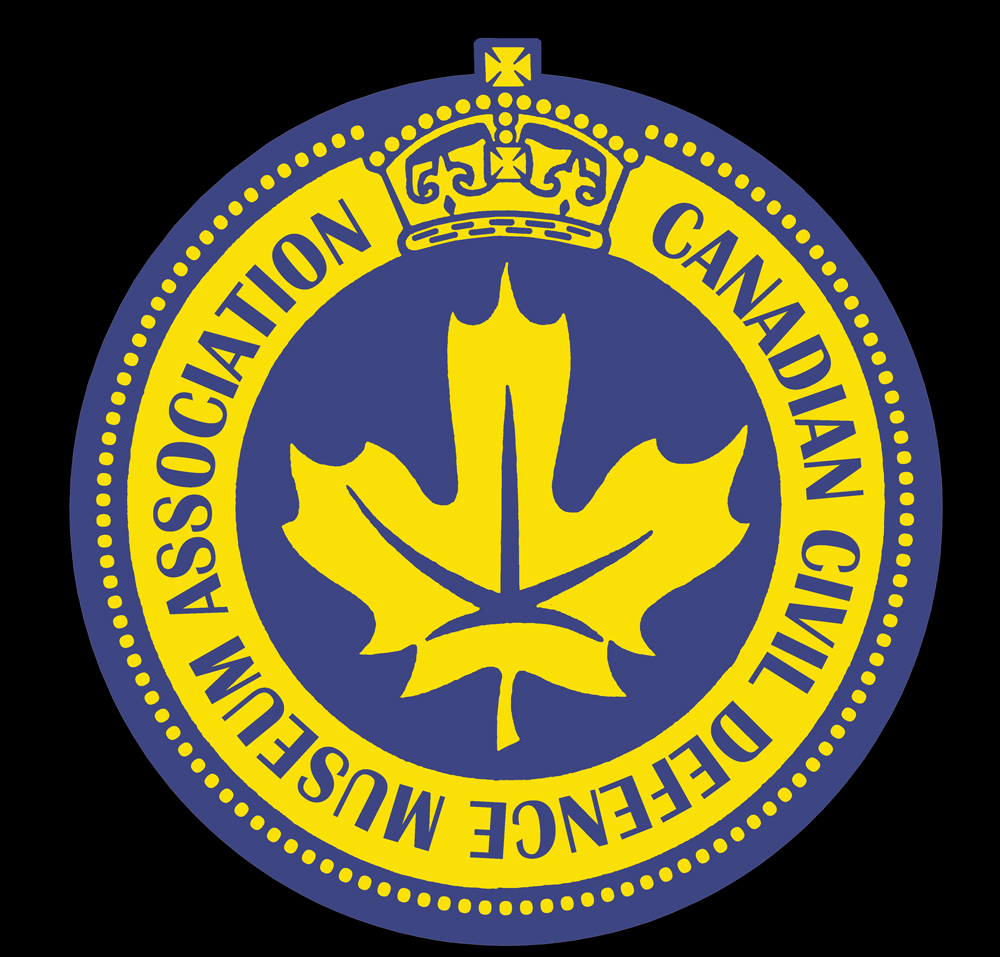Aircraft Detection Corps
The Canadian Aircraft Detection Corps was organized in May 1940. Throughout Canada, civilian volunteers took training courses in aircraft detection. They became skilled and recognizing and identifying both Allied and enemy aircraft, and they were introduced to the various communication methods that best suited the particular area they were serving in. The civilian volunteers provided a valuable, if rudimentary, early warning system at a time when radar was not fully developed. By the end of 1943 the Aircraft Detection Corps had grown to a peak enrollment of 30,000 members across the country.
On the west coast, long stretches of uninhabited coastline on the Queen Charlotte Islands were particularly vulnerable. A great many sheltered, deep-water bays and inlets existed that could serve as hidden staging areas for the Japanese naval forces. Civilians living in some of these remote areas organized an Aircraft Detection Corps and appointed their own Regional Directors and Chief Observers. Enthusiastic, patriotic volunteeers kept a vigilant duty watch to ensure that no aircraft passed their posts unreported. From Langara Island off the northern tip of Graham Island, to Kunghit Island off the southern tip of Moresby Island, housewives, loggers, lighthouse keepers, farmers and fishermen went about their daily business with a pair of high-powered binoculars slung around their neck.
Nevertheless, the aircraft detection system was not without its problems, particularly on the west coast of British Columbia. The Deputy Chief of Air Staff, Air Vice Marshal GO Johnson, sent a frustrated tirade to Air Force Headquarters in Ottawa. His memorandum also offered some food for thought:
“The telephone system is inadequate and is more of an aggravation than a help. The early warning RDF chain is not yet in being and will not be ready until mid-summer. The Aircraft Detection Corps, although it is in operation, is not effective because it is dependent upon inadequate civil communication facilities, and upon the half-hearted, voluntary and unpaid efforts of civilian observers in isolated locations.”
“The service operates – but not at the hours when it is most needed. In order that it be made effective, it will be necessary to post RCAF personnel at the most isolated points on the west side of the coastal islands to augment the civilian observers. It will be the job of those RCAF personnel to improve communications.”
In a specific community a solitary airman can take the early morning watch and train volunteers for the day watches. Where there is no community, for example on the west side of the Queen Charlotte Islands, it will be necessary to locate detachments of four airmen.”
Technology progressed, and (RDF) Radar Direction Finding units were established in the most isolated and defenceless areas along the west coast, and on the coastal islands. The civilian volunteers and their ever-ready binoculars were gradually replaced by the Coast Watch Units, and eventually by the more sophisticated radar system. On 15 November 1944, the RCAF Chief of Air Staff ordered the Aircraft Detection Corps disbanded.
|
Updated: January 9, 2004

